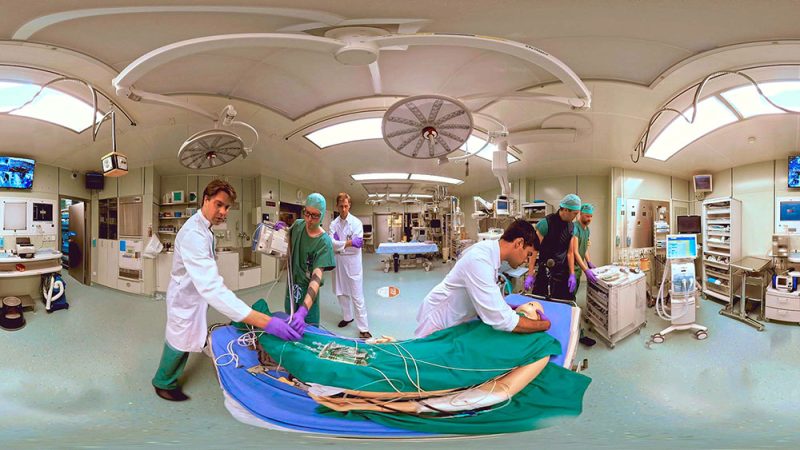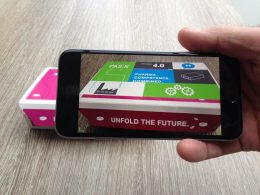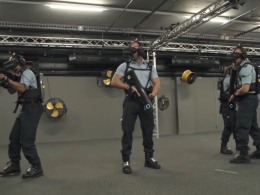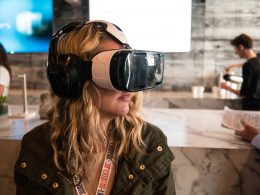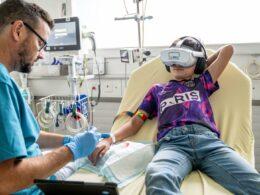The Lucerne University of Applied Sciences and Arts, together with the Bourbaki Panorama Museum, will let analogue and digital virtual worlds collide in the exhibition "Panorama Digital" from 18 November. Among other things, a 360° film will be shown that the university and Swiss television SRF produced as part of a joint research project.
Immersion is the magic word of the digital media industry: 360° films and related formats are designed to give the audience the feeling of literally being immersed in the virtual world. "Many people perceive the immersive potential of these technologies as completely new. Yet they often just fall back on old ideas and extend them with digital means," says Yasemen Büyükberber from the Department of Design & Art at the Lucerne University of Applied Sciences and Arts.
This thesis can be seen in the exhibition "Panorama Digital - From Painting to Virtual Reality" at Museum Bourbaki Panorama be checked out. This is where Visual Narrative analogue and digital virtual worlds meet: from 18 November, the titular Panorama in the heart of Lucerne will house 360° films and other visual works by Design & Art. With such collaborations, the museum would like to create more references to contemporary, digital narrative forms in the future.
The panorama can be regarded as a precursor of the 360° film.
The Bourbaki Panorama was the most modern medium of its time: Edouard Castres' huge circular painting from 1881 showing the flight of French troops into Switzerland gave the public the feeling of witnessing history. "The panorama can be seen as a precursor of the 360° film," explains Irène Cramm, director of the Bourbaki Panorama Museum. "It was used to create a kind of virtual reality by supplementing the painted circular image with spatial elements such as life-size soldier figures, the so-called "panorama". faux terrain, combined."
Exploring 360° films together with SRF
Visitors to the exhibition not only gain insights into various forms of virtual reality; using virtual reality glasses or smartphones, they can also test some of the exhibits themselves - for example, "Daily battle for human life - 360° video from the shock room". The short film by Christophe Merkle, a graduate of the Master's programme in Film, is part of a project funded by the Federal Commission for Technology and Innovation. In it, the Lucerne University of Applied Sciences and Arts and Swiss Television SRF are jointly exploring how filmmakers can use the young medium to tell stories.
Over the next year and a half, the Design & Art research team will therefore work with SRF to create a reference work for corresponding film productions. This is to form the basis for a 360° film wiki with international appeal. The aim is to provide Swiss television with a foundation for the medium, while the researchers from the Lucerne University of Applied Sciences and Arts can continuously test their findings in practice.
How is digitalisation changing the media world?
As part of the 140th anniversary of the Department of Design & Art, the Visual Narrative research group is also organising the symposium "Display, Disruption, Disorder: New Formats, Actors and Places of Film". On 17 and 18 November, participants will discuss the influence of digitalisation on media production and consumption at the department's Viscosistadt location. The focus of the symposium is on 360° film and so-called augmented reality, in which information about the environment is fed directly to smartphones or tablets.
Source: hsl





